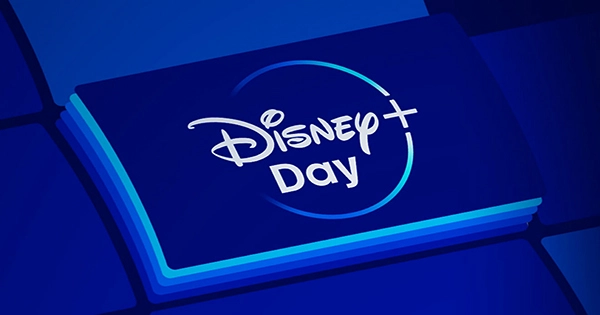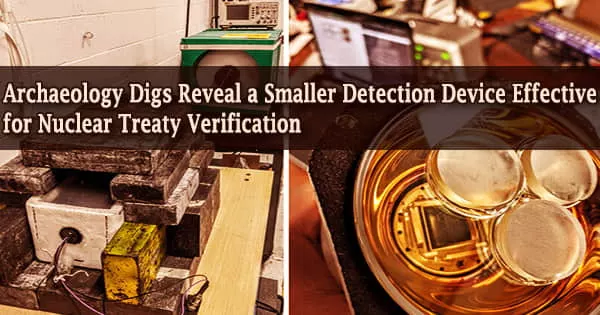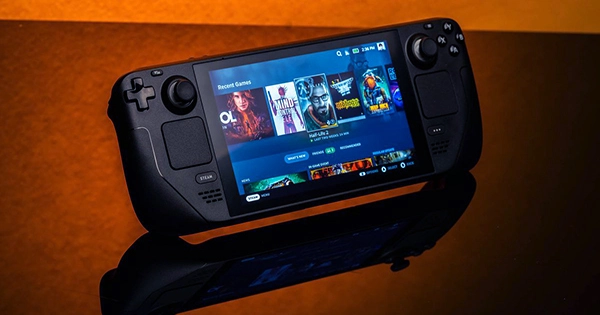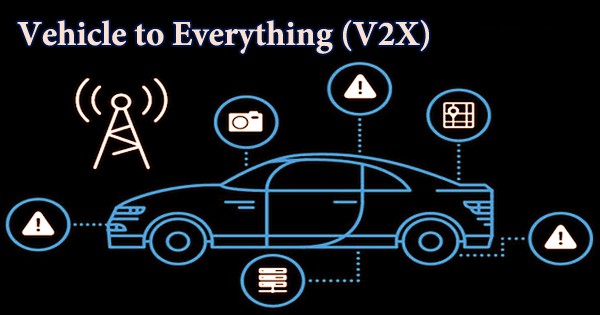Millions of people have been introduced to the concept of a holodeck thanks to the television show Star Trek: The Next Generation, which featured an immersive, realistic 3D holographic projection of a complete environment that you could interact with and even touch. Holograms are already being employed in medical systems, education, art, security, and defense in the twenty-first century. Scientists are still working on ways to combine lasers, contemporary computer processors, and motion-sensing technology to create a variety of holograms that could revolutionize how humans interact.
My colleagues and I at the University of Glasgow’s bendable electronics and sensing technologies research department have now devised a system of holograms of humans that uses “aerohaptics,” or the use of air jets to create tactile sensations. The air jets create a tactile sense on people’s fingers, hands, and wrists.
This might be developed in the future to allow you to meet a virtual avatar of a colleague on the opposite side of the world and feel their handshake in real-time. It could possibly be the initial steps towards constructing a holodeck.
We use commercially available parts to combine computer-generated graphics with carefully directed and controlled air jets to create this tactile sensation.
It’s a step forward from current virtual reality, which typically involves a headset to display 3D images and smart gloves or portable controllers to provide haptic feedback, or stimulation that feels like touch. The majority of wearable gadget-based techniques are limited to managing the displayed virtual item.
Controlling a virtual object does not provide the same sensation as touching two individuals. The inclusion of an artificial touch sensation can provide an extra dimension without requiring the use of gloves to feel objects and hence seems more natural. Our study employs visuals that create the illusion of a three-dimensional virtual image. It’s a modern take on Pepper’s Ghost, a 19th-century illusion technique that wowed Victorian audiences with images of the otherworldly onstage.
Without the need for any additional equipment, the method employs glass and mirrors to make a two-dimensional image appear to float in space.
Our system’s mirrors are stacked in a pyramid configuration, with one open side. Users interact with computer-generated objects that appear to float in free space inside the pyramid by putting their hands through the open side. The images were developed and managed by a software application called Unity Game Engine, which is commonly used in videogames to build 3D objects and worlds.
















